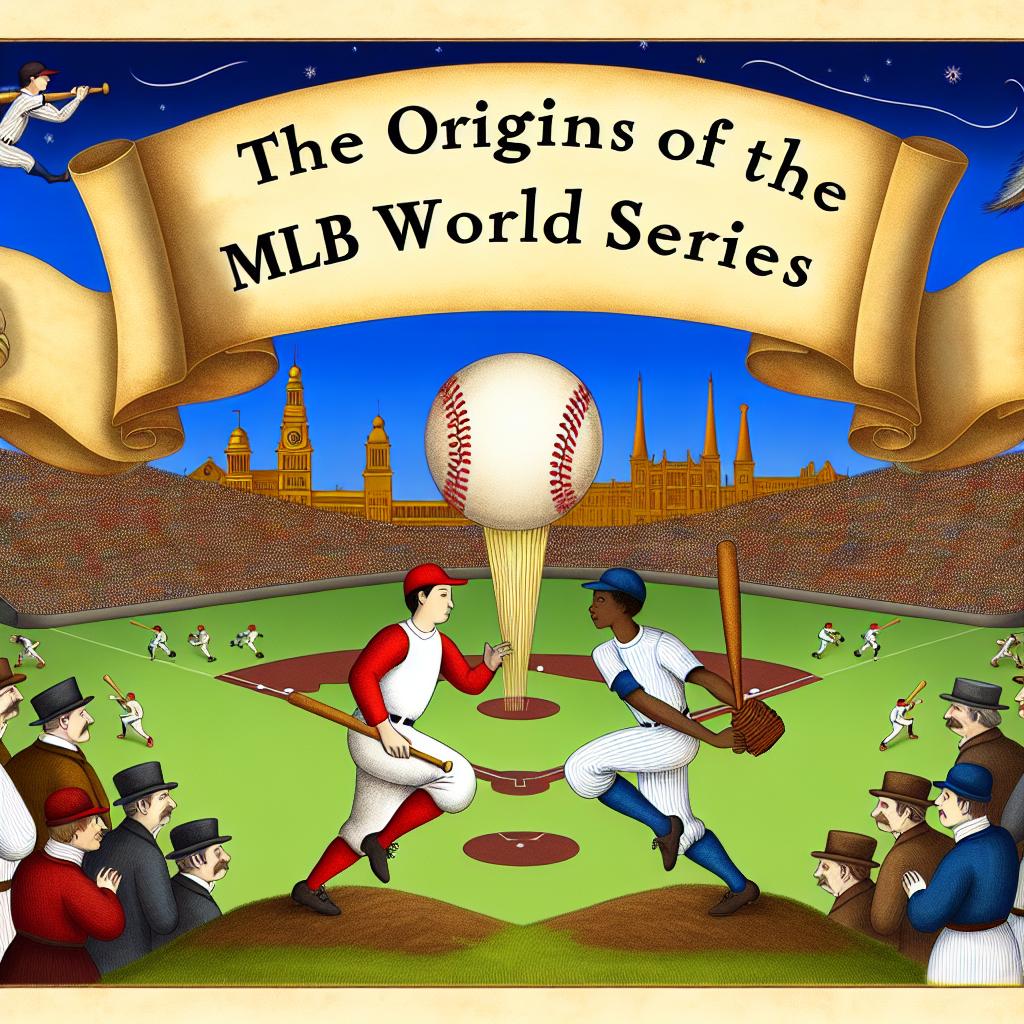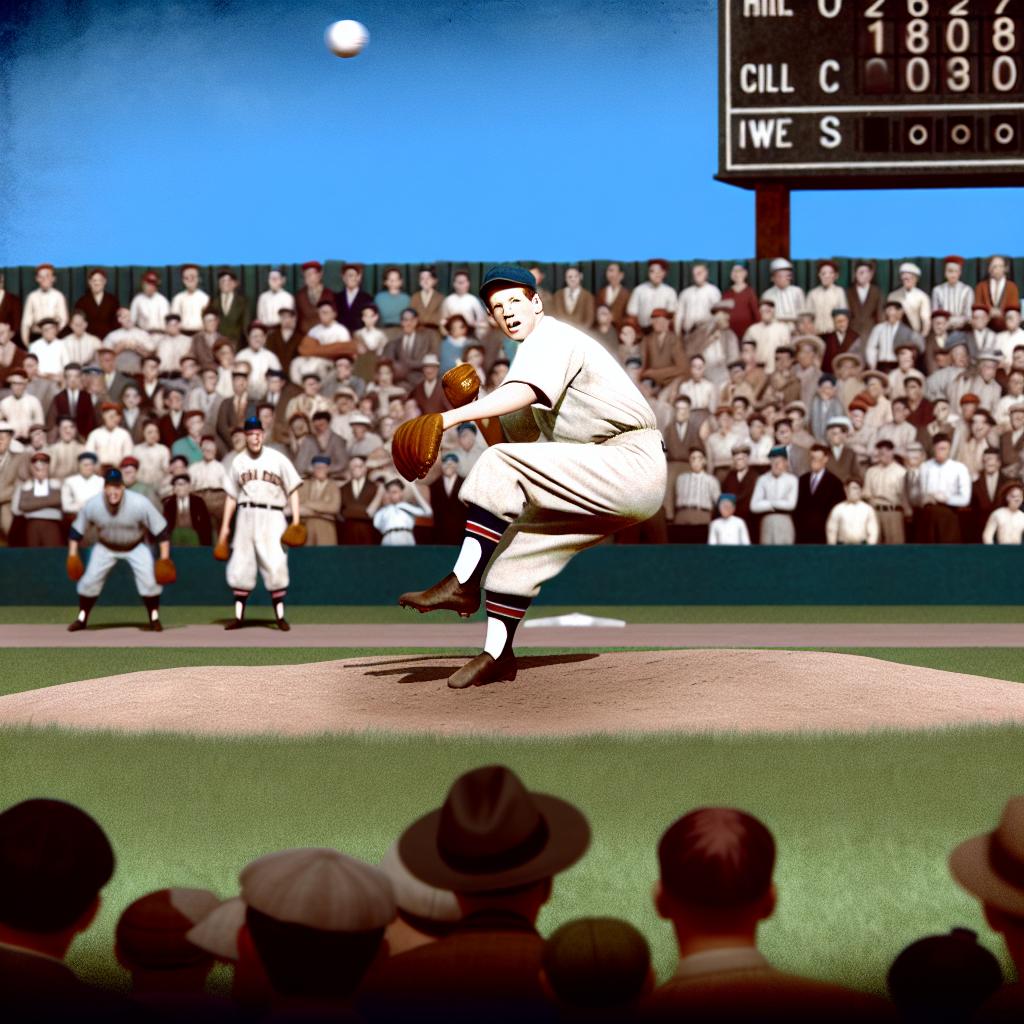The Beginnings of the MLB World Series
The Major League Baseball (MLB) World Series holds a significant place in American sports history. This annual event represents the pinnacle of professional baseball success, pitting the champions of the National League (NL) and the American League (AL) against each other in a bid to claim the championship title.
The Formation of the American and National Leagues
The roots of the World Series trace back to the early 20th century. During this period, two major leagues were established: the National League in 1876, and the American League in 1901. Initially, these leagues operated independently, leading to intense rivalry and competition for players, fans, and financial dominance. While they both aimed at popularizing baseball as a national sport, their approaches varied significantly, largely due to heightened competition and differing management styles.
The 1903 Agreement
The National Agreement of 1903 was a crucial turning point in baseball history. This agreement was born out of necessity to resolve the escalating tensions and serve as a mutual understanding between the National and American Leagues. It formalized their cooperation and laid the groundwork for a championship series. As a result of this agreement, the inaugural World Series was held in 1903. During this first World Series, the Boston Americans (today known as the Boston Red Sox) represented the American League and faced off against the National League’s Pittsburgh Pirates. The Boston Americans emerged victorious, defeating the Pirates five games to three.
Interrupted Beginnings
While the first World Series in 1903 was a successful demonstration of the competitive spirit between the leagues, the series was not held annually at its inception. In 1904, the National League champions, the New York Giants, refused to take part in the Series due to ongoing disagreements between the two leagues. However, these disagreements were resolved by 1905, leading to the establishment of an official agreement. This agreement stabilized the World Series as a permanent fixture in American sports, exemplifying a truce of sorts that allowed the competition to become an annual event.
The Role of the World Series in Baseball’s Expansion
Throughout the decades, the World Series has grown significantly in importance and reach. As baseball gained popularity across the United States, the series emerged as a major cultural event. The advent of radio and television broadcasts further amplified its national and international appeal, drawing in millions of listeners and viewers each year. The growth of the World Series mirrored the expansion of baseball itself, as the sport saw the introduction of new franchises and a budding global presence by the mid-20th century.
The Structure of the Early Series
The initial structure of the World Series followed a best-of-nine format. This format, however, was altered in 1922 to a best-of-seven system. This change aimed to accommodate travel logistics, as teams were required to move from city to city, and to align the series with the rhythms of American sports seasons. The best-of-seven format also added to the excitement of the championship, as it allowed for more tactical depth and fan engagement throughout the series.
Broadcasting Breakthroughs and Cultural Impact
The advent of radio broadcasts in the 1920s marked a new era for the World Series, making it accessible to a wider audience. This not only bolstered its popularity but also played a key role in fostering a unified national baseball culture. As years went by, television broadcasts further solidified the series’ stature as a cultural mainstay in American households. The ability to watch these games live brought fans closer to the action, enhancing the overall experience and engagement with the sport.
Impact on Modern Baseball
Today, the MLB World Series is more than just a sports event. It represents the culmination of a lengthy and rigorous baseball season, embodying the spirit of competition and sportsmanship. It serves as a platform that highlights the skills and dedication of the players who have reached the zenith of their professional journeys. Additionally, it brings to the forefront the history engrained in its origin, showcasing how early agreements and rivalries were integral to shaping what has become one of America’s most cherished sports traditions.
The World Series also plays a role in uniting baseball fans from diverse demographics, fostering a sense of community and shared enthusiasm for the sport. The anticipation and excitement surrounding the event encourage interactions not just among fans within the same locality but also globally as baseball’s reach continues to expand. To explore more about the World Series and its impact on modern baseball, and delve into further historical contexts, you can find additional information on the MLB Official Site.
In summary, the MLB World Series stands as a testament to the intriguing history and dynamics of professional baseball. The early agreements between the National and American Leagues helped in paving the way for an event that has become a staple of American culture and sports. These early rivalries and collaborative efforts have been paramount in shaping one of the most beloved traditions in American sports history.




